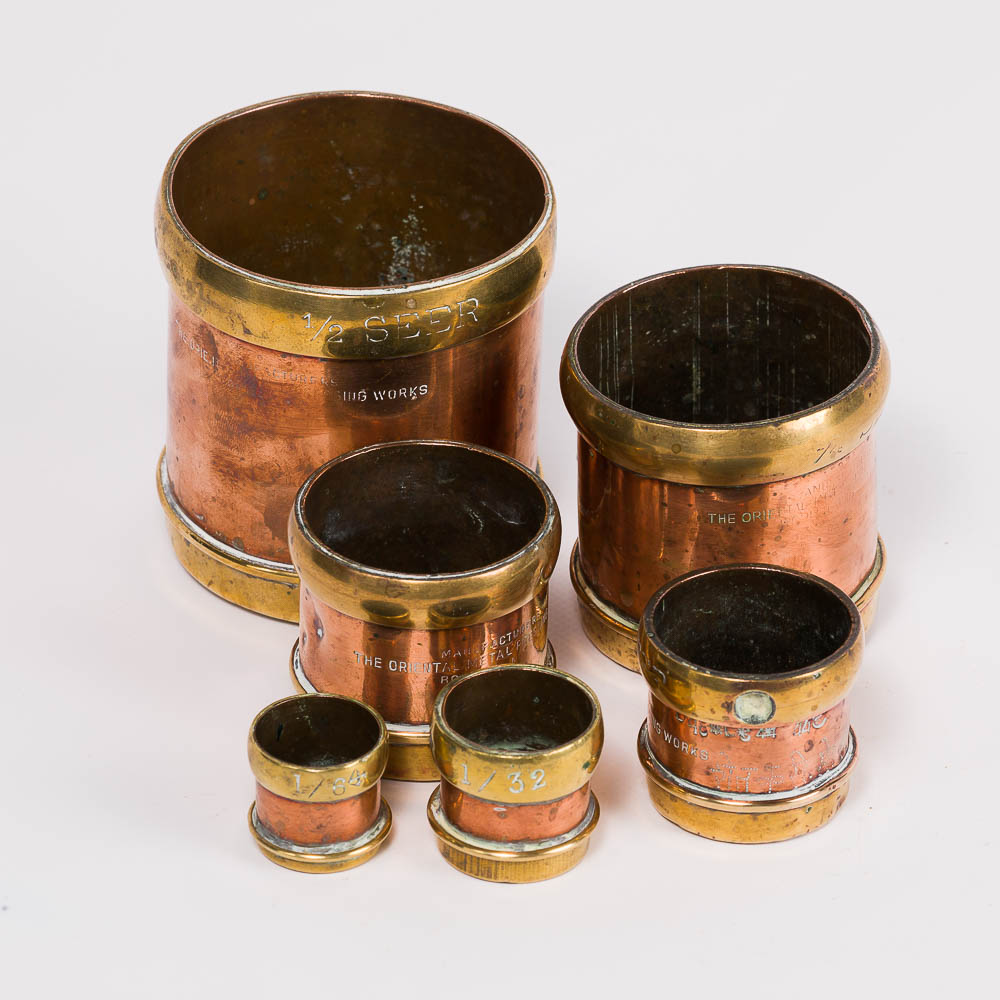Measuring tools on board vessels play an indispensable role in ensuring maritime safety, operational efficiency, and regulatory compliance. Their application spans across various domains such as navigation, cargo management, environmental monitoring, and structural integrity assessment. This article delves into the extensive significance of such tools, highlighting their different types and functions.
At the heart of maritime navigation lies a plethora of measuring instruments that facilitate precise positioning and orientation. Global Navigation Satellite Systems (GNSS), for instance, have revolutionized how ships ascertain their geographic location. This technology employs an array of satellites, enabling real-time tracking with remarkable accuracy. Coupled with other navigational aids like radar and automatic identification systems (AIS), vessels can navigate through congested waters, thereby mitigating the risk of collisions and grounding incidents. The integration of these systems ensures that vessel operators remain cognizant of their surroundings, hence safeguarding lives, cargo, and the marine environment.
Another vital category of measuring tools encompasses those utilized for cargo management and measurement. Accurate cargo measurement is paramount, as it directly influences ship stability, cargo integrity, and overall voyage profitability. Instruments such as flow meters, mass flow controllers, and pressure sensors allow crew members to monitor and adjust the flow of liquids and gases with precision. This meticulous oversight minimizes spills and leakage, thus protecting marine ecosystems. Furthermore, the implementation of draft surveying tools aids in determining the weight and distribution of the cargo, crucial for maintaining the vessel’s stability and seaworthiness.
Absorption of external environmental factors is central to operational efficiency and safety aboard vessels. Meteorological instruments are deployed to measure atmospheric conditions, including wind speed, humidity, and barometric pressure. Such data is vital for anticipating weather patterns and assessing risk factors that could adversely affect navigation. Additionally, oceanographic measuring tools, such as current meters and thermographs, provide insights into water conditions that impact vessel performance. Incorporating this data into navigational strategies helps to enhance fuel efficiency, reduce travel time, and decrease environmental impact.
Structural integrity gauges, including ultrasonic thickness gauges and strain gauges, serve a critical function in the maintenance and longevity of vessels. These tools assess the condition of the ship’s hull and support structures, identifying potential weaknesses and areas requiring repair or reinforcement. Regular monitoring of structural components through these measuring devices ensures that vessels remain compliant with international safety standards and remain resistant to the detrimental effects of wear and corrosion over time. Proactive maintenance informed by these measurements can extend service life and diminish the likelihood of catastrophic failures at sea.
The significance of tool calibration and validation cannot be overlooked. Regular calibration of measuring instruments is crucial to ensure accuracy and reliability. Dozens of international standards govern the calibration of maritime measuring instruments, including ISO and ASTM standards. The adherence to these protocols not only affirms the integrity of measurements but also aligns operational practices with the best practices of the international maritime industry. Inaccurate readings due to uncalibrated tools can lead to dire consequences, ranging from financial losses to environmental catastrophes.
Furthermore, the advent of digital measuring instruments has transcended traditional methodologies, enhancing efficiency and data management aboard vessels. Electronic measuring devices often link to sophisticated software applications that facilitate seamless data processing and analysis. These applications allow for the visualization of data trends and the identification of anomalies that require immediate attention. The crescendoing integration of IoT (Internet of Things) technology into maritime operations opens the door to the possibility of remote monitoring, equipping stakeholders to make informed decisions in real-time and from disparate geographic locations.
As vessels traverse international waters, adherence to environmental regulations becomes paramount. Measuring tools play a critical role in monitoring emissions, ballast water management, and fuel consumption. Instruments designed to track sulfur and nitrogen oxide emissions ensure compliance with regulations such as MARPOL (International Convention for the Prevention of Pollution from Ships). By employing advanced emission-measuring technologies, ship operators can mitigate their environmental impact while contributing to global sustainability efforts. Additionally, tools that assess ballast water quality prevent the spread of invasive species, protecting marine biodiversity.
Finally, the increasing complexity of maritime operations necessitates the continuous training and upskilling of personnel in the use and interpretation of measuring tools. As technology evolves, maritime professionals must remain proficient in applying the latest tools and interpreting data accurately. Organizations must invest in workforce training to ensure personnel can effectively use these instruments, thereby bolstering operational safety and efficiency. Ultimately, the fusion of advanced measuring technologies and skilled human operatives creates a synergistic effect that enhances the overall maritime operation.
In conclusion, measuring tools on board vessels are not merely instruments; they are crucial components that underpin navigational certainty, cargo integrity, structural safety, and regulatory compliance. Their diverse applications encompass a spectrum of activities critical to maritime operations. As the industry advances, maintaining a concerted focus on the importance of these tools is essential for fostering a safer, cleaner, and more efficient maritime environment.










